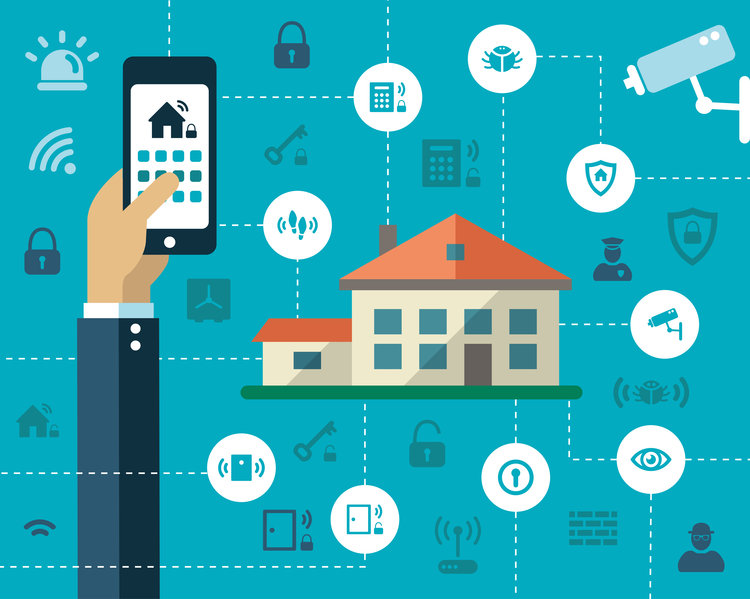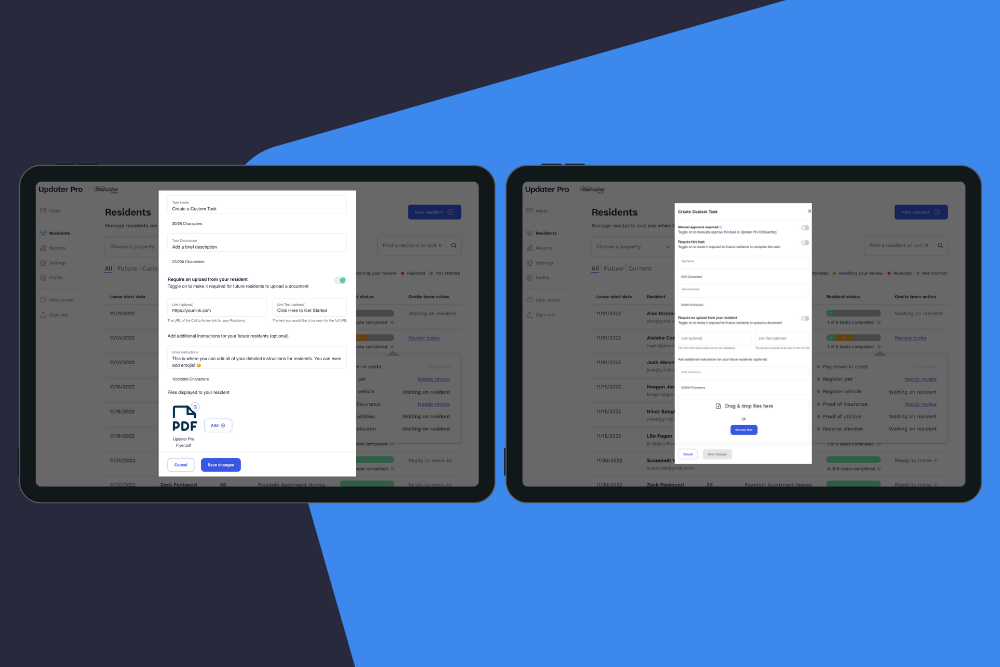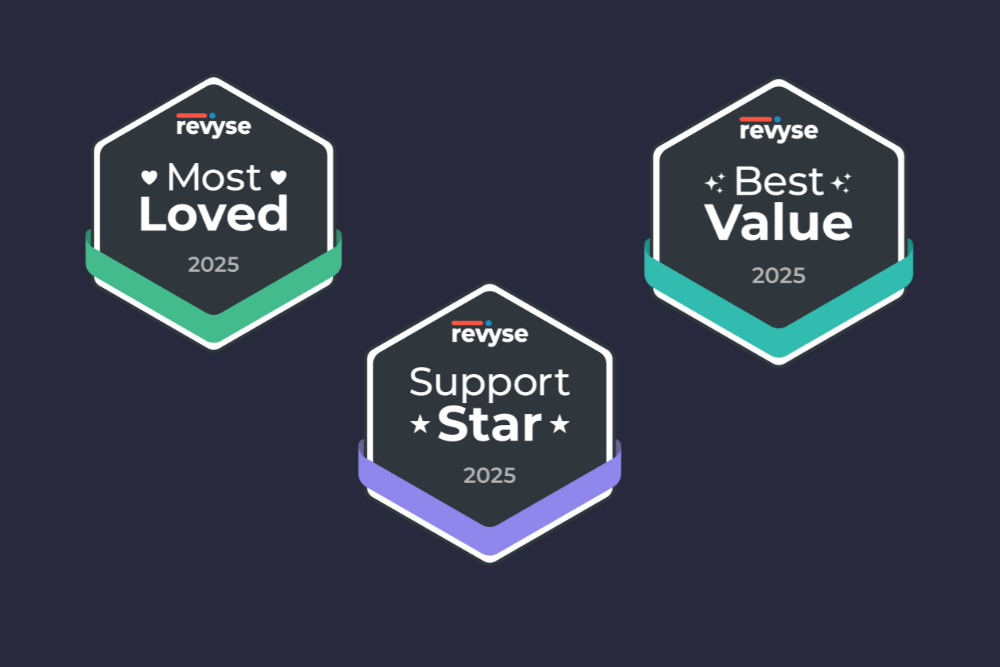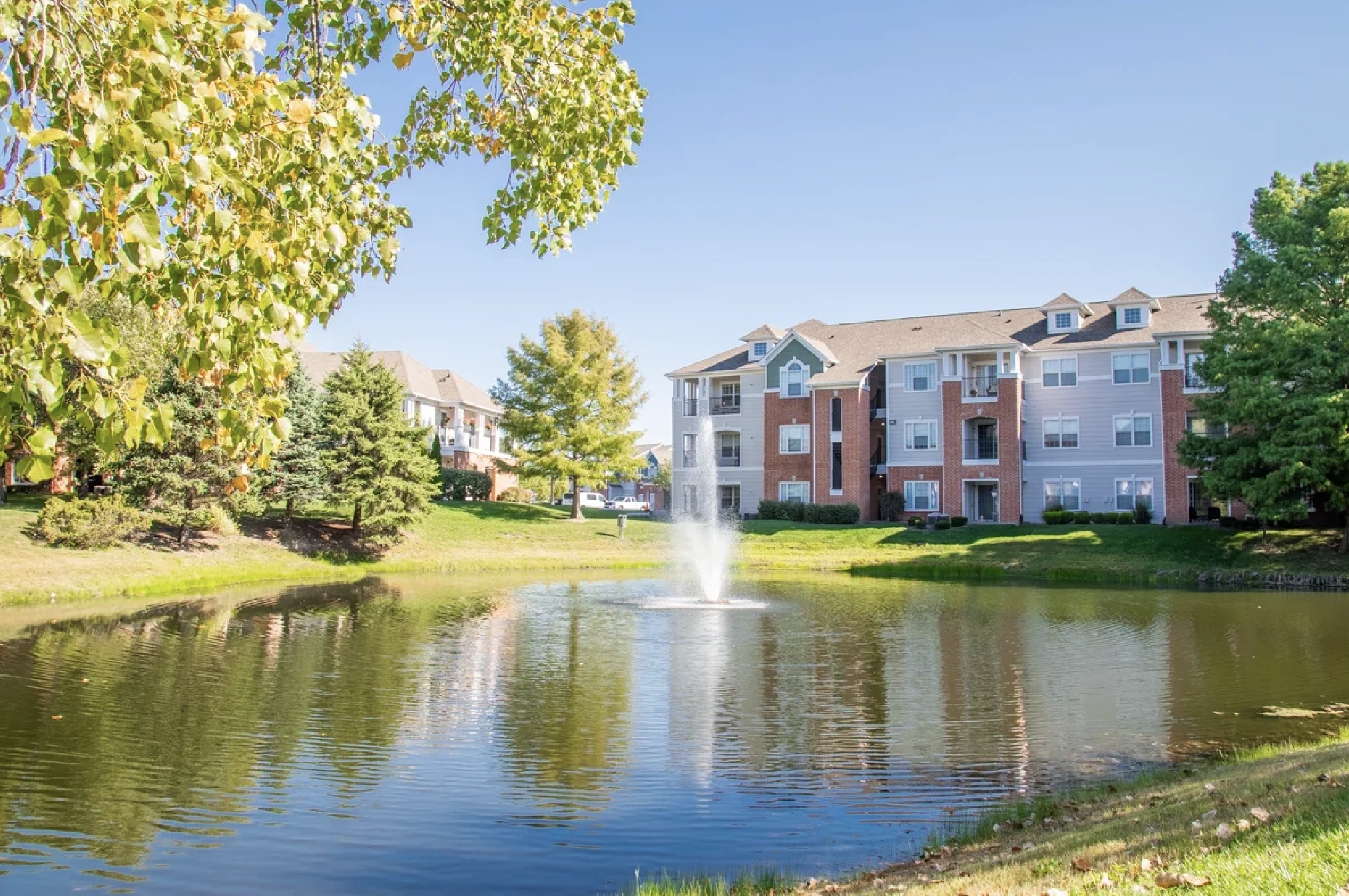5 Things Renters Want in 2017 and How to Deliver

According to the NMHC, there are just over 9.5 million renters under the age of 30 and roughly 14.5 million renters between the ages of 30 and 44 in the U.S. today. Many of these renters are millennials with radically different expectations than those of generations past.
But what are those expectations and how can property managers deliver on them? Here we’ll dive into 5 top priorities for renters in the coming year and tips on providing them.
Smart home security
In recent years, the Internet of Things (IoT) has gone from a Jetsons-like concept of connected devices to a standard for the nearly 70% of American adults who own smartphones. IoT isn’t only about dimming your indoor lights automatically at sundown or grilling the perfect steak on a smart grill. It’s also about transforming energy conservation, water conservation, and — this is a big one for property managers and renters alike — home security.

Everyone cares about securing their homes; this is especially true of younger renters and families who don’t own homes and own at least two TVs and a computer — things that are particularly expensive to replace if stolen. That said, one particularly cost-effective smart home investment for properties is an app-based home security system like Scout.
Property management companies aren’t responsible for belongings stolen from an apartment, on-site storage area, or common area, and renters insurance typically only covers a set percentage of the stolen items’ value (not the total purchase price). With an app-based home security system like Scout, properties can easily install a motion-activated device on interior doors, windows, and other access points. And it’s all accessible to renters from the Scout app. It’s a simple way to keep your renters safer at minimal cost. It can also help both parties — renter and property management company — avoid potential problems should a burglary occur.
Pet-friendly rentals
While properties are legally required to allow almost all service animals (within reason, such as a specific breed restriction), your property isn’t legally required to allow all pets. The Foundation for Interdisciplinary Research and Education Promoting Animal Welfare (FIREPAW, Inc.) recently conducted a nationwide study to determine the factors influencing the availability of pet-friendly rentals. According to the survey, only approximately half of all rentals are pet-friendly, and most renters (82%) with pets reported difficulty finding an apartment that would allow their pet.

But FIREPAW, Inc. found that there are some key benefits for properties that choose to rent to pets, such as:
-
Aside from properties being able to charge pet owners a significant premium in rent, renters in pet-friendly apartments also stay longer: an average of 46 months, as compared to 18 months for renters living in properties that prohibit pets.
-
Vacancy rates are lower in pet-friendly housing: 10% for pet-friendly rentals, as compared to 14% for pet-free rentals.
-
Advertising pet-friendly housing also tends to be cheaper; the amount spent on advertising pet-friendly rentals was lower at $15 per unit, as compared to $32 per unit for pet-free rentals.
-
On average, it takes less time to rent out a pet-friendly apartment (19 days, as compared to the 29 days it takes to rent out a pet-free rental).
Proximity to transportation
According to a report by Trulia, renters are more likely to use public transportation than homeowners and live closer to where they work. While renters in large metro areas average commutes that are only one-and-a-half minutes shorter than homeowners, renters save an entire workday (8.7. hours) on their commute every year. The report found that shorter commutes or proximity to public transportation were the second most important criteria for all renters, after crime rates. But for millennial renters in particular, commute times were found to be even more important than crime rates.
If you provide a shuttle service to major public transportation for residents or if your property is particularly close to public transportation, those are things worth advertising to renters on your website, resident portal, during tours, and in move-in documents. Making it clear that your property somehow helps get residents to work (or at least reduces the commute time) is a big selling point for today’s renters.
A consumer-grade resident portal
We live in an increasingly app-based world. You can give residents more autonomy and free up site staff if you have a resident portal that does a lot. (Ideally, one that works as well as a consumer website. Bonus points for a resident portal app!) In 2017, renters will expect to be able to pay rent online and make elevator reservations for critical times like move-in day.

And in an age where we’ve moved away from paper flyers on bulletin boards as the primary method of resident communication, it’s also a good idea to provide a community forum in your resident portal. Not only can residents talk to one another, but property managers and site staff can also see where common problem areas are and promote changes to the community.
End-to-end moving support
Moving is a stressful time. But in 2017, properties have the potential to help residents with more than elevator reservations and a pet-friendly place… if they’re willing to put the proper technology in place. You can transform the resident experience with Updater, and help residents accomplish cumbersome moving tasks. Updater gives residents their own personalized dashboard with every task they need to accomplish — from mail forwarding to connecting utilities and beyond — all in one place.
Want to see how Updater works firsthand?
More Industry Insights

Five leadership lessons multifamily can steal from sales (courtesy of Kevin Ducey’s conversation with Tony Sousa)
15 December 2025

What great sales leadership can teach multifamily about resident satisfaction
15 December 2025












